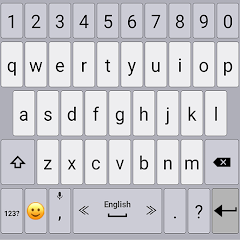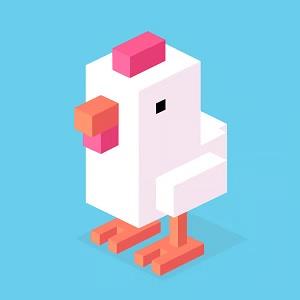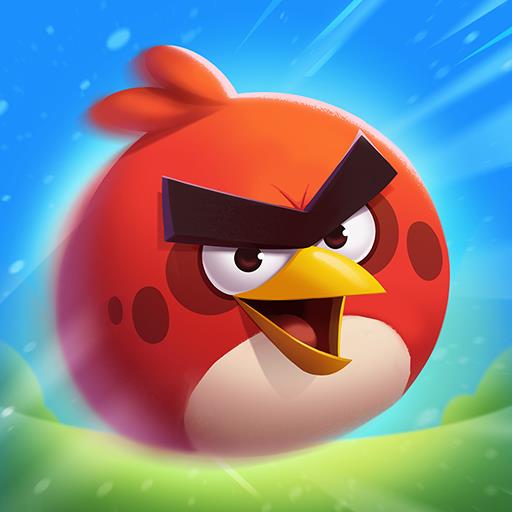Nintendo Consoles: A Timeline of Releases
Nintendo stands as a titan in the world of video games, renowned for its pioneering spirit and creative innovation in the home console arena. With a rich catalog of iconic intellectual properties that continue to captivate gamers decades later, Nintendo shows no signs of slowing down, especially with the announcement of the much-anticipated Nintendo Switch 2. As we look forward to the future, it's the perfect time to reflect on Nintendo's storied history in the console market.
Below, we've compiled a comprehensive list of every console Nintendo has ever released. This journey through time not only showcases Nintendo's evolution but also highlights how the company has consistently pushed the boundaries of gaming.
AnswerSee Results*Looking to save on a new Nintendo Switch or new titles for your system? Be sure to check out the best Nintendo deals available today.*How Many Nintendo Consoles Have There Been?
In total, 32 Nintendo consoles have been released throughout Nintendo's history. The Switch 2 will be the 33rd. We've included revision models for both home and handheld consoles, which include brandings like XL and Mini.
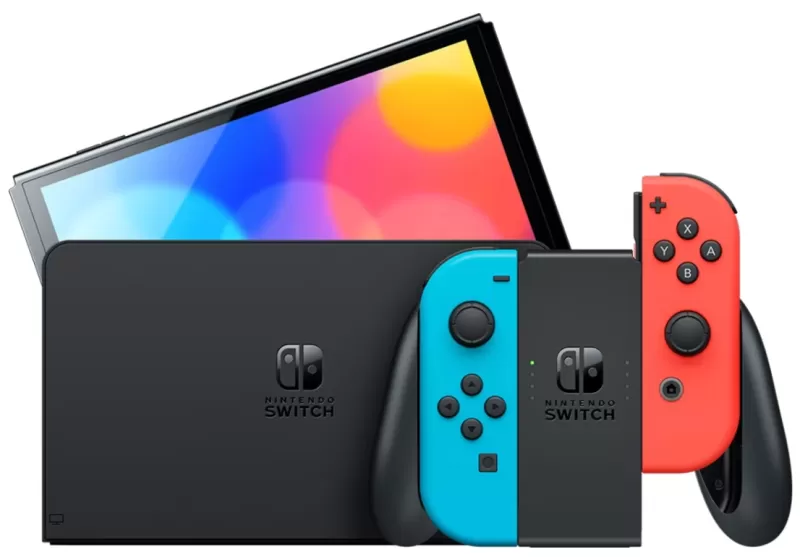 Latest Model### Nintendo Switch OLED (Neon Blue & Red)
Latest Model### Nintendo Switch OLED (Neon Blue & Red)
4See it at AmazonEvery Nintendo Console in Order of Release
Color TV-Game - June 1, 1977
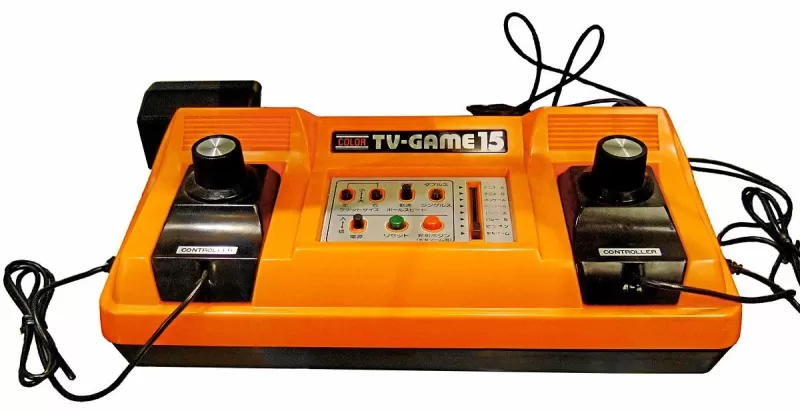 Nintendo's initial venture into gaming hardware came with the Color TV-Game series, a collaboration with Mitsubishi Electronics. This marked Nintendo's first major success in the gaming industry, paving the way for their future in hardware development. The legacy of the Color TV-Game continues to influence Nintendo's dedication to gaming nearly 50 years later.
Nintendo's initial venture into gaming hardware came with the Color TV-Game series, a collaboration with Mitsubishi Electronics. This marked Nintendo's first major success in the gaming industry, paving the way for their future in hardware development. The legacy of the Color TV-Game continues to influence Nintendo's dedication to gaming nearly 50 years later.
Game & Watch - April 28, 1980
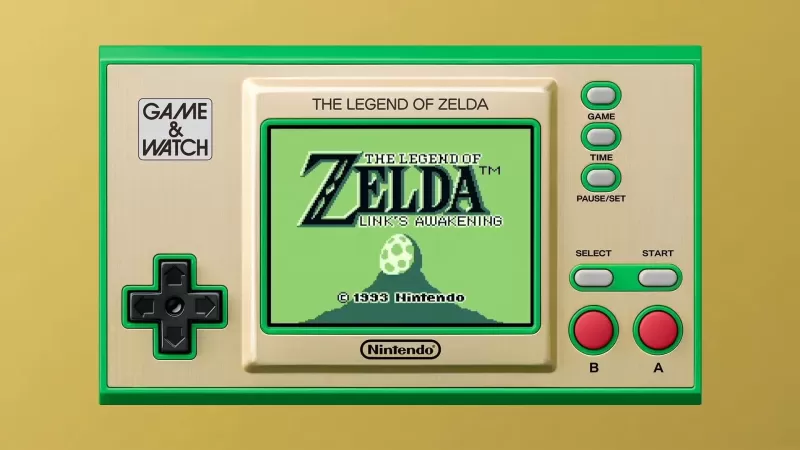 Nintendo's first handheld gaming devices, the Game & Watch series, each came with unique games and sold over 40 million units globally. These devices introduced innovative features like the D-Pad, seen first in the Donkey Kong model. The series saw a revival with limited editions released in 2020 and 2021, celebrating Mario and Zelda anniversaries.
Nintendo's first handheld gaming devices, the Game & Watch series, each came with unique games and sold over 40 million units globally. These devices introduced innovative features like the D-Pad, seen first in the Donkey Kong model. The series saw a revival with limited editions released in 2020 and 2021, celebrating Mario and Zelda anniversaries.
Nintendo Entertainment System - October 18, 1985
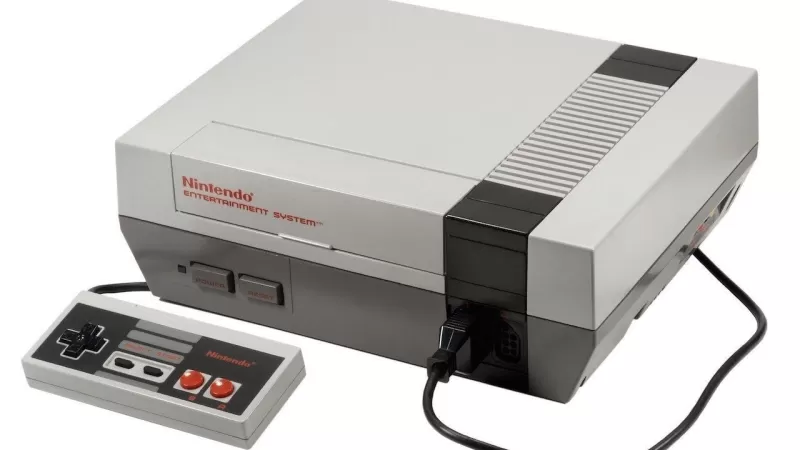 Known as the Family Computer (Famicom) in Japan, the Nintendo Entertainment System (NES) revolutionized home gaming with its cartridge system. This console launched major franchises like Super Mario, The Legend of Zelda, and Metroid, establishing a legacy that shaped future generations of gaming.
Known as the Family Computer (Famicom) in Japan, the Nintendo Entertainment System (NES) revolutionized home gaming with its cartridge system. This console launched major franchises like Super Mario, The Legend of Zelda, and Metroid, establishing a legacy that shaped future generations of gaming.
Game Boy - July 31, 1989
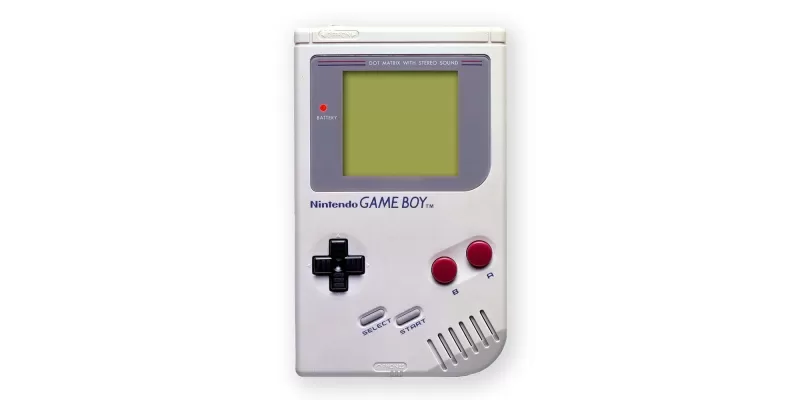 With the Game Boy, Nintendo introduced a handheld console that supported cartridges, expanding gaming possibilities beyond the single-game Game & Watch devices. The iconic bundled game, Tetris, became a hallmark of the Game Boy experience.
With the Game Boy, Nintendo introduced a handheld console that supported cartridges, expanding gaming possibilities beyond the single-game Game & Watch devices. The iconic bundled game, Tetris, became a hallmark of the Game Boy experience.
Super Nintendo Entertainment System - August 23, 1991
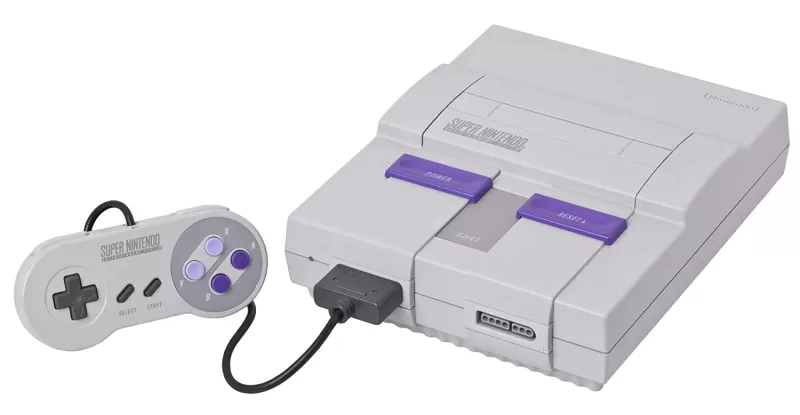 Bringing 16-bit graphics to the Nintendo platform, the Super Nintendo Entertainment System (SNES) marked significant advancements in major series like Super Mario and Donkey Kong. Despite its later launch, the SNES became the best-selling console of its generation thanks to its compelling software lineup.
Bringing 16-bit graphics to the Nintendo platform, the Super Nintendo Entertainment System (SNES) marked significant advancements in major series like Super Mario and Donkey Kong. Despite its later launch, the SNES became the best-selling console of its generation thanks to its compelling software lineup.
Virtual Boy - August 14, 1995
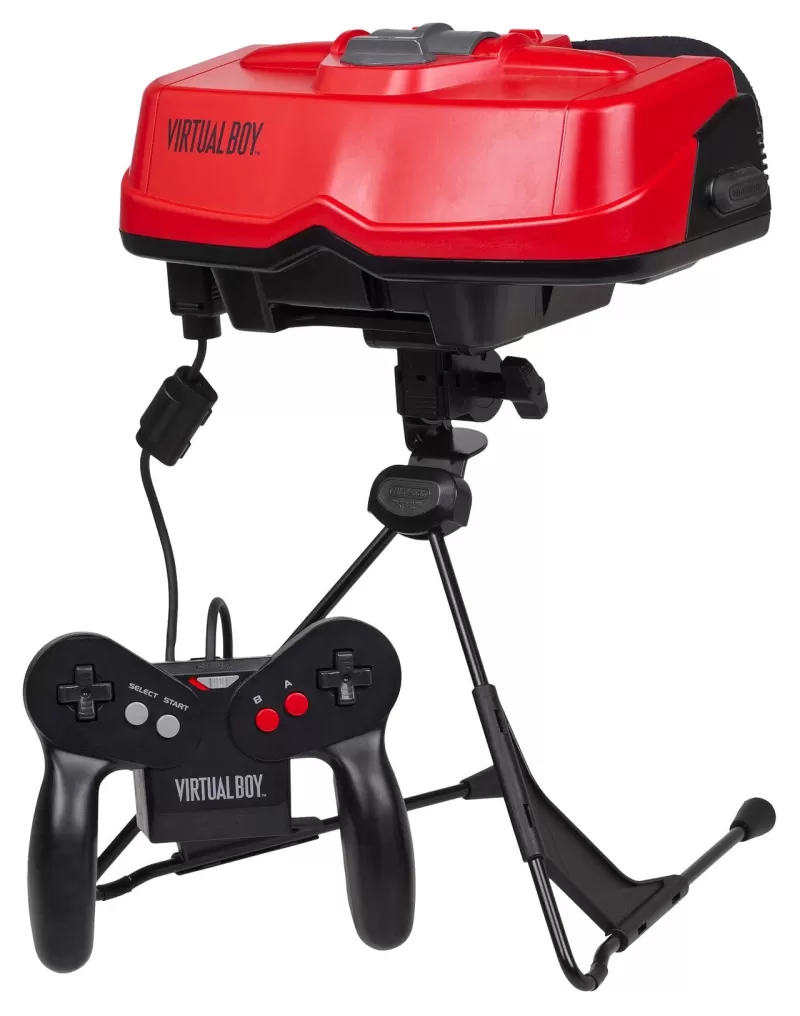 An experimental venture, the Virtual Boy was Nintendo's first attempt at a 3D gaming console. Despite its short market life and limited game library, it remains one of Nintendo's most unique offerings.
An experimental venture, the Virtual Boy was Nintendo's first attempt at a 3D gaming console. Despite its short market life and limited game library, it remains one of Nintendo's most unique offerings.
Game Boy Pocket - September 3, 1996
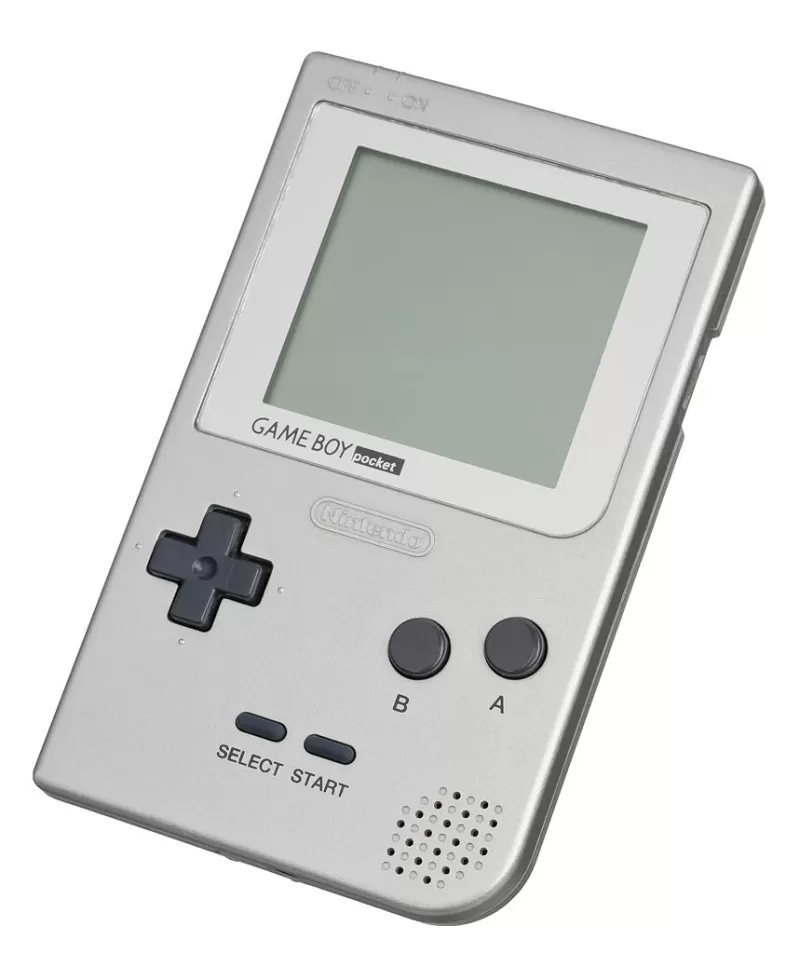 A sleeker version of the original Game Boy, the Game Boy Pocket featured a sharper black-and-white screen and improved response times, though it sacrificed some battery life for its compact design.
A sleeker version of the original Game Boy, the Game Boy Pocket featured a sharper black-and-white screen and improved response times, though it sacrificed some battery life for its compact design.
Nintendo 64 - September 29, 1996
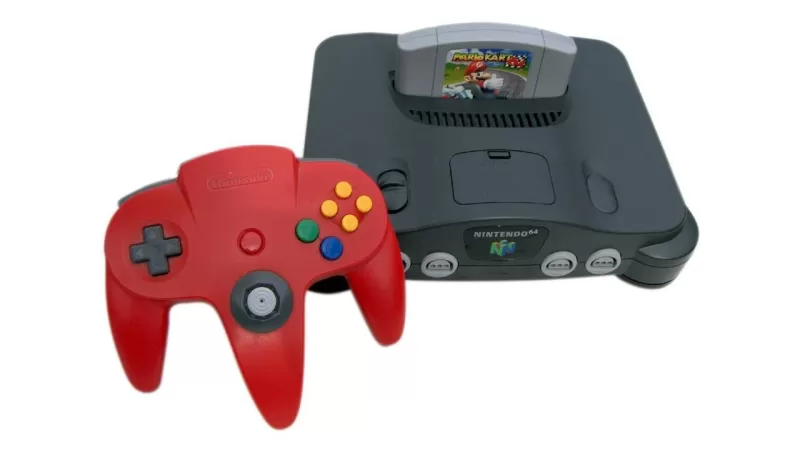 Introducing 3D graphics to Nintendo's home consoles, the Nintendo 64 was revolutionary with titles like Super Mario 64 and The Legend of Zelda: Ocarina of Time. Its innovative controller with an analog stick set new standards in gaming control.
Introducing 3D graphics to Nintendo's home consoles, the Nintendo 64 was revolutionary with titles like Super Mario 64 and The Legend of Zelda: Ocarina of Time. Its innovative controller with an analog stick set new standards in gaming control.
Game Boy Light - April 14, 1998
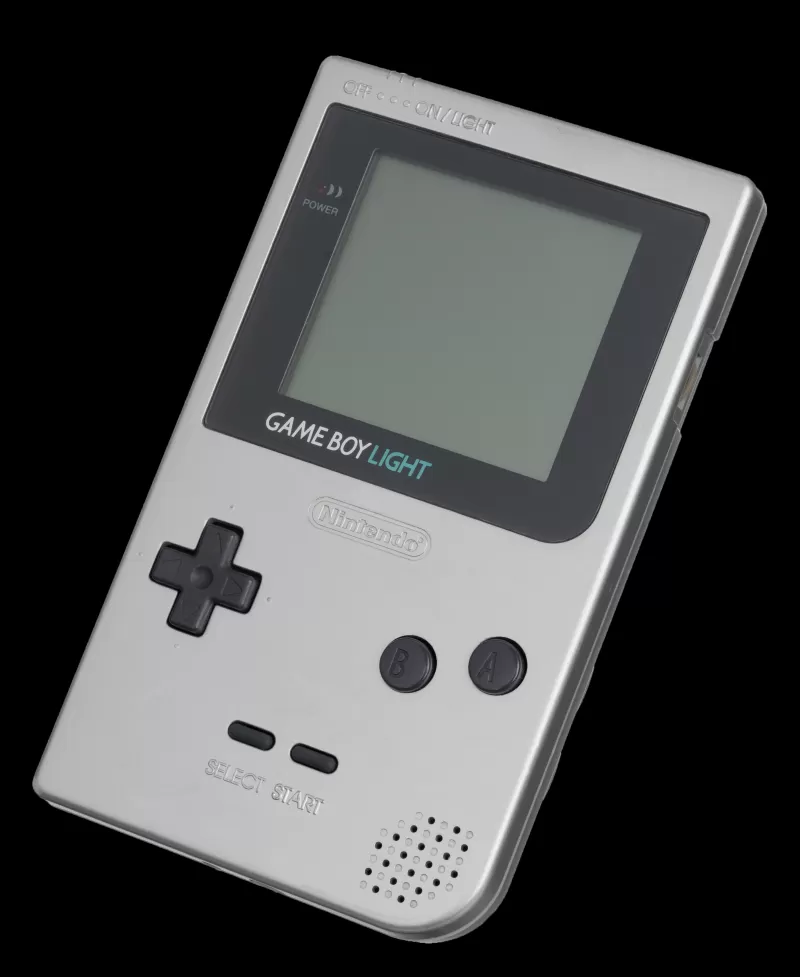 Exclusive to Japan, the Game Boy Light added a backlight for improved visibility in low-light conditions, extending battery life to around 20 hours, despite its larger size compared to the Game Boy Pocket.
Exclusive to Japan, the Game Boy Light added a backlight for improved visibility in low-light conditions, extending battery life to around 20 hours, despite its larger size compared to the Game Boy Pocket.
Game Boy Color - November 18, 1998
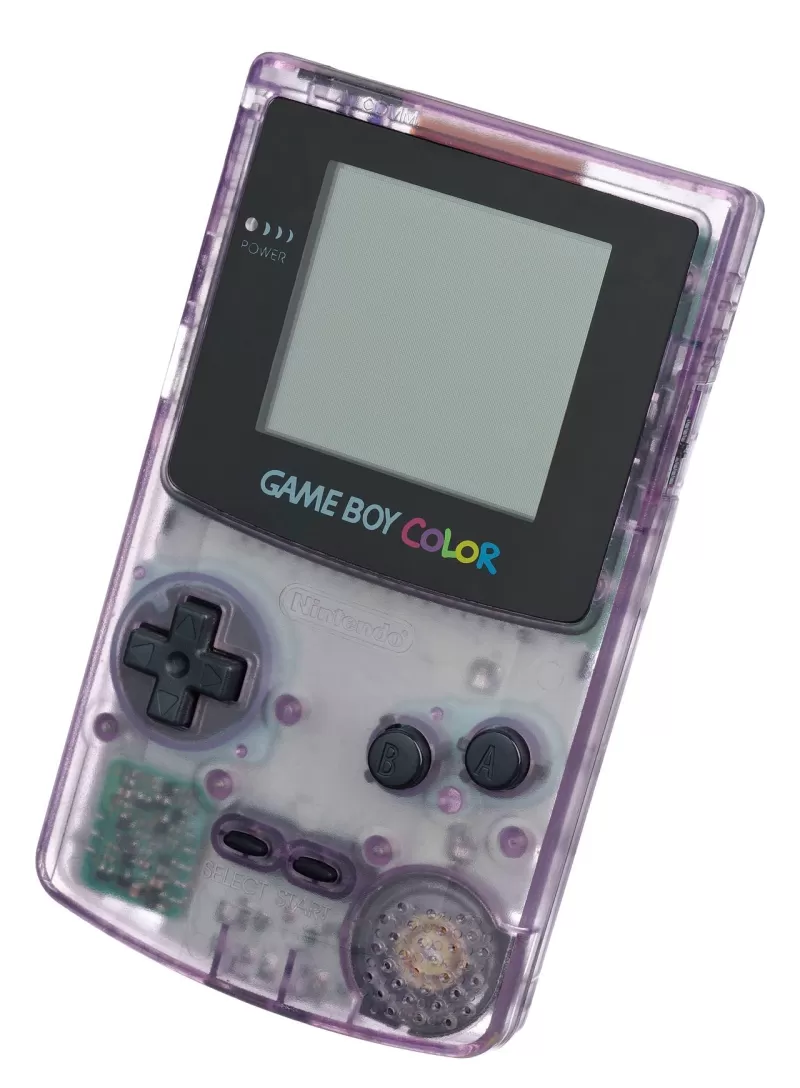 Bringing color to the handheld experience, the Game Boy Color maintained backwards compatibility with all previous Game Boy games while introducing hundreds of new titles optimized for its vibrant display.
Bringing color to the handheld experience, the Game Boy Color maintained backwards compatibility with all previous Game Boy games while introducing hundreds of new titles optimized for its vibrant display.
Game Boy Advance - June 11, 2001
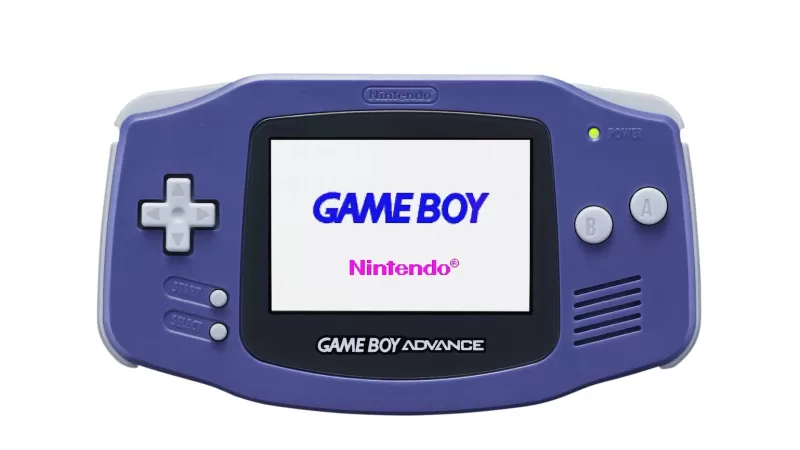 With a significant upgrade to 16-bit graphics and a new horizontal design, the Game Boy Advance was a major leap forward, supporting thousands of games across its library and maintaining compatibility with previous Game Boy titles.
With a significant upgrade to 16-bit graphics and a new horizontal design, the Game Boy Advance was a major leap forward, supporting thousands of games across its library and maintaining compatibility with previous Game Boy titles.
Pokémon mini - November 16, 2001
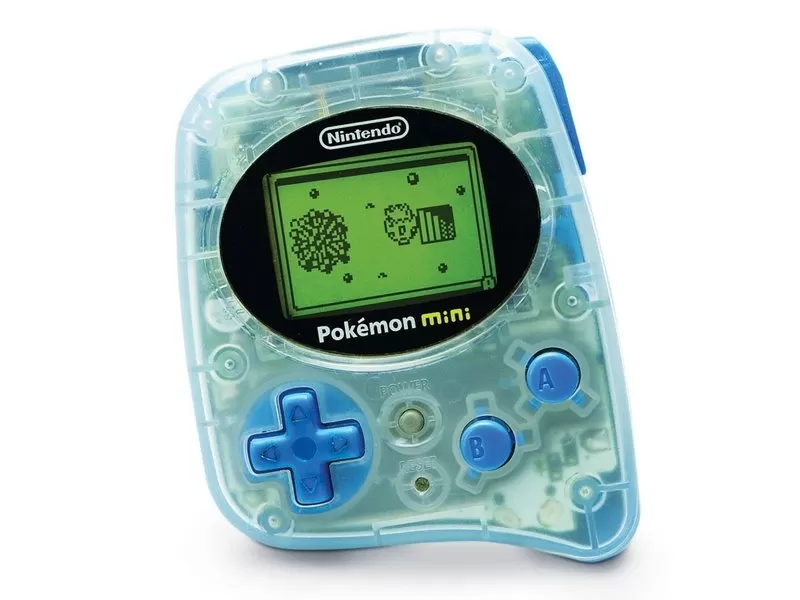 Image Credit: GamesRadarThe tiny Pokémon mini, focused on Pokémon games, was compact enough to fit multiple units in your pocket. Despite its small size, it featured a clock, infrared communication, and built-in rumble.
Image Credit: GamesRadarThe tiny Pokémon mini, focused on Pokémon games, was compact enough to fit multiple units in your pocket. Despite its small size, it featured a clock, infrared communication, and built-in rumble.
Nintendo GameCube - November 18, 2001
 Building on the success of the Nintendo 64, the GameCube introduced disc-based games and an improved controller design. It hosted beloved titles like Super Mario Sunshine and The Legend of Zelda: Wind Waker, leaving a lasting impact on franchises like Animal Crossing.
Building on the success of the Nintendo 64, the GameCube introduced disc-based games and an improved controller design. It hosted beloved titles like Super Mario Sunshine and The Legend of Zelda: Wind Waker, leaving a lasting impact on franchises like Animal Crossing.
Panasonic Q - December 14, 2001
 A collaboration with Panasonic, the Panasonic Q combined a GameCube with a DVD player in a sleek stainless steel design. Despite its innovative approach, it struggled with sales and was discontinued after two years.
A collaboration with Panasonic, the Panasonic Q combined a GameCube with a DVD player in a sleek stainless steel design. Despite its innovative approach, it struggled with sales and was discontinued after two years.
Game Boy Advance SP - March 23, 2003
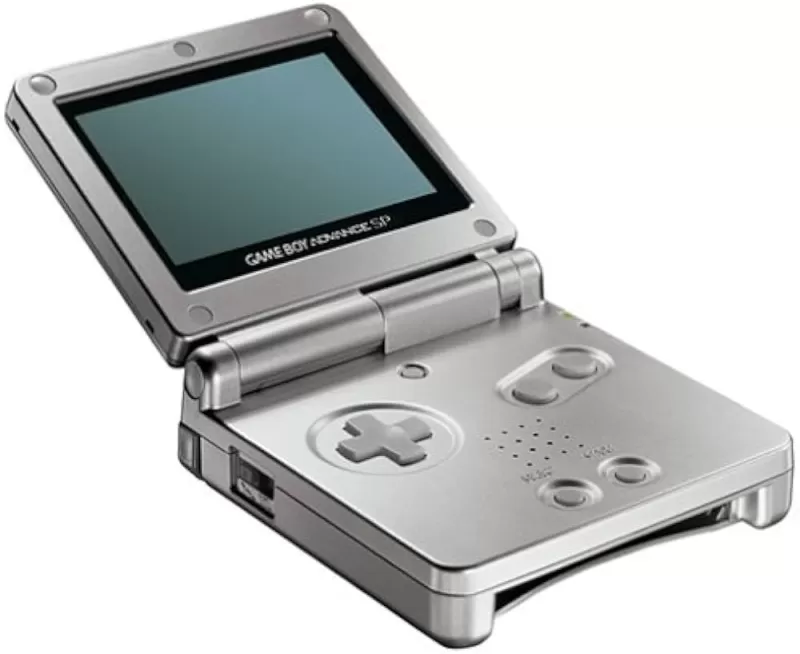 Featuring a folding design and rechargeable battery, the Game Boy Advance SP improved upon its predecessor with a backlit screen and a more ergonomic layout, though it omitted a headphone jack.
Featuring a folding design and rechargeable battery, the Game Boy Advance SP improved upon its predecessor with a backlit screen and a more ergonomic layout, though it omitted a headphone jack.
Nintendo DS - November 21, 2004
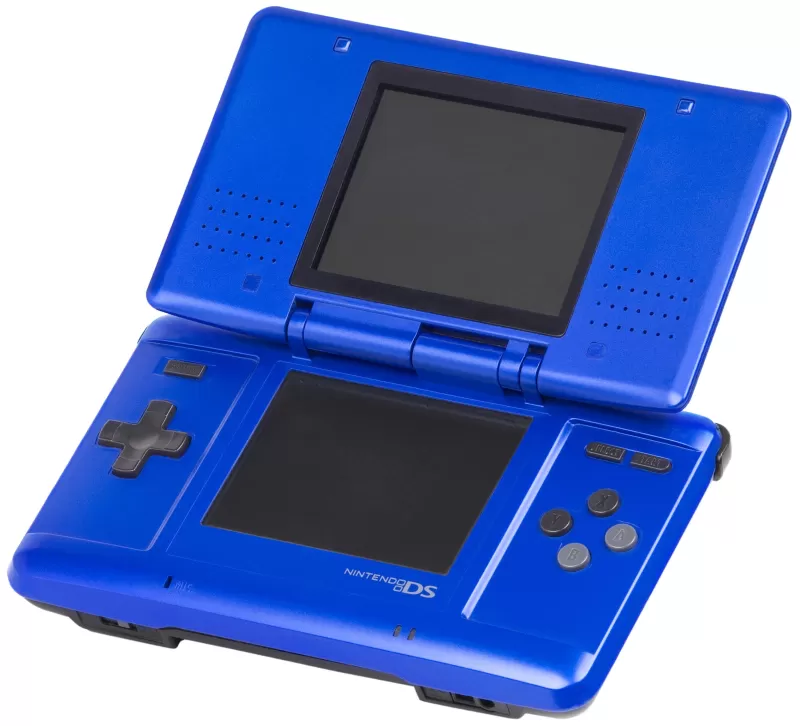 Launching the best-selling DS line, the Nintendo DS introduced dual screens, Wi-Fi connectivity, and a touchscreen, revolutionizing handheld gaming with unique gameplay experiences.
Launching the best-selling DS line, the Nintendo DS introduced dual screens, Wi-Fi connectivity, and a touchscreen, revolutionizing handheld gaming with unique gameplay experiences.
Game Boy Micro - September 19, 2005
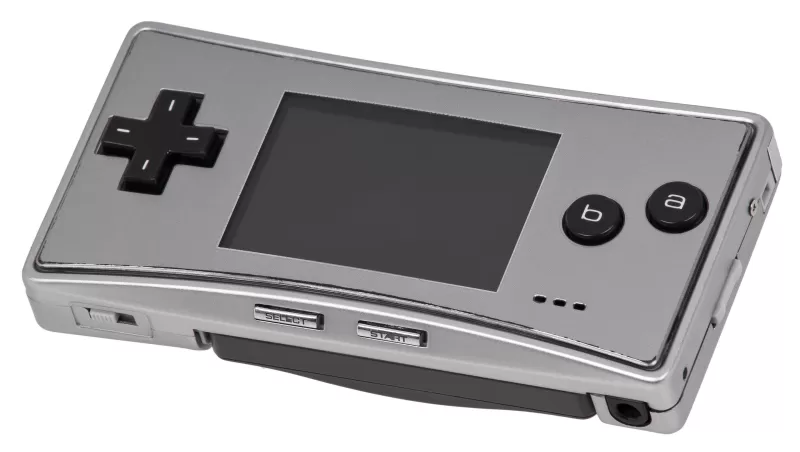 Revealed by Reggie Fils-Aimé at E3 2005, the Game Boy Micro was surprisingly small yet retained compatibility with Game Boy, Game Boy Color, and Game Boy Advance games, featuring an adjustable backlit screen.
Revealed by Reggie Fils-Aimé at E3 2005, the Game Boy Micro was surprisingly small yet retained compatibility with Game Boy, Game Boy Color, and Game Boy Advance games, featuring an adjustable backlit screen.
Nintendo DS Lite - June 11, 2006
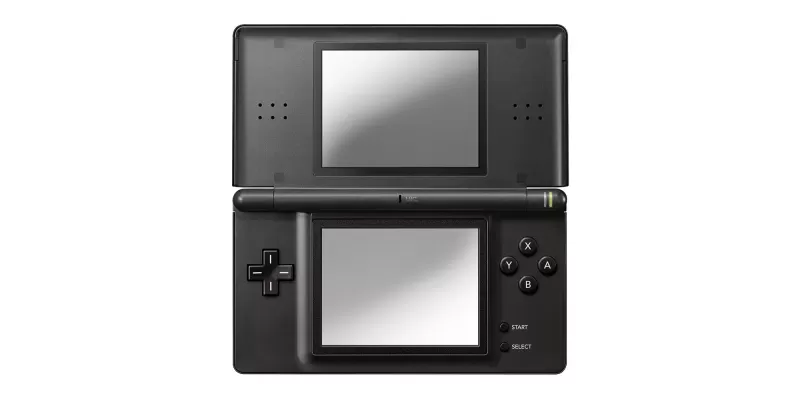 Offering a slimmer, lighter design with brighter screens and improved battery life, the Nintendo DS Lite enhanced the original DS experience, making it more accessible and enjoyable.
Offering a slimmer, lighter design with brighter screens and improved battery life, the Nintendo DS Lite enhanced the original DS experience, making it more accessible and enjoyable.
Nintendo Wii - November 19, 2006
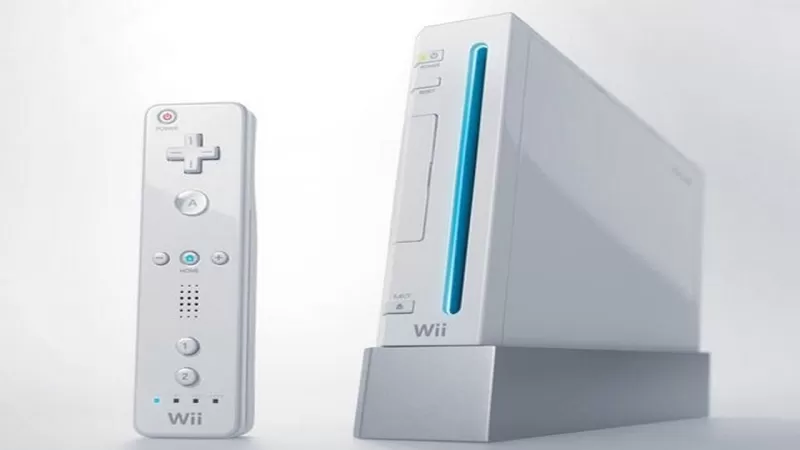 Revitalizing Nintendo's home console market, the Wii introduced motion controls via the Wii Remote, which, along with accessories like the Nunchuk and Wii MotionPlus, created new ways to interact with games. Its Virtual Console service allowed players to enjoy classics from previous Nintendo systems.
Revitalizing Nintendo's home console market, the Wii introduced motion controls via the Wii Remote, which, along with accessories like the Nunchuk and Wii MotionPlus, created new ways to interact with games. Its Virtual Console service allowed players to enjoy classics from previous Nintendo systems.
Nintendo DSi - November 1, 2008
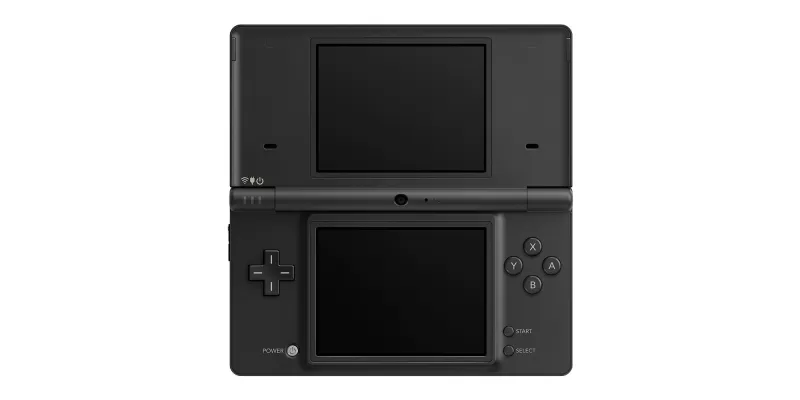 Adding cameras and an SD card slot, the Nintendo DSi enhanced the DS experience but removed the Game Boy Advance slot, shifting focus towards new features and downloadable content.
Adding cameras and an SD card slot, the Nintendo DSi enhanced the DS experience but removed the Game Boy Advance slot, shifting focus towards new features and downloadable content.
Nintendo DSi XL - November 21, 2009
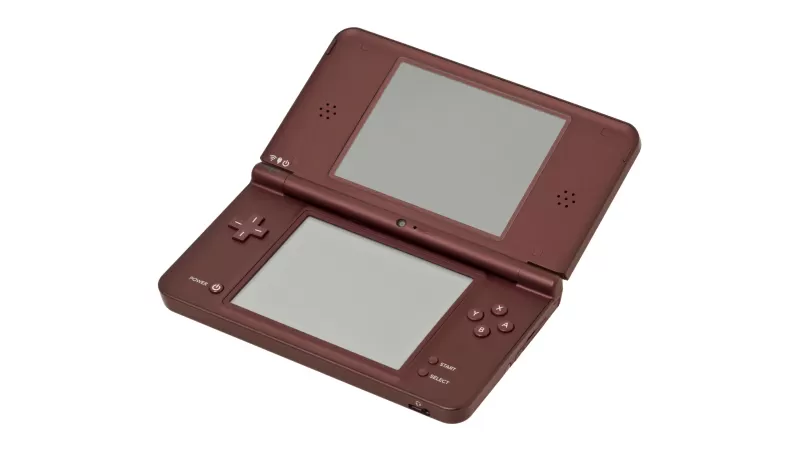 With larger screens and improved sound, the Nintendo DSi XL offered a more immersive gaming experience, catering to players who preferred a bigger display.
With larger screens and improved sound, the Nintendo DSi XL offered a more immersive gaming experience, catering to players who preferred a bigger display.
Nintendo 3DS - March 27, 2011
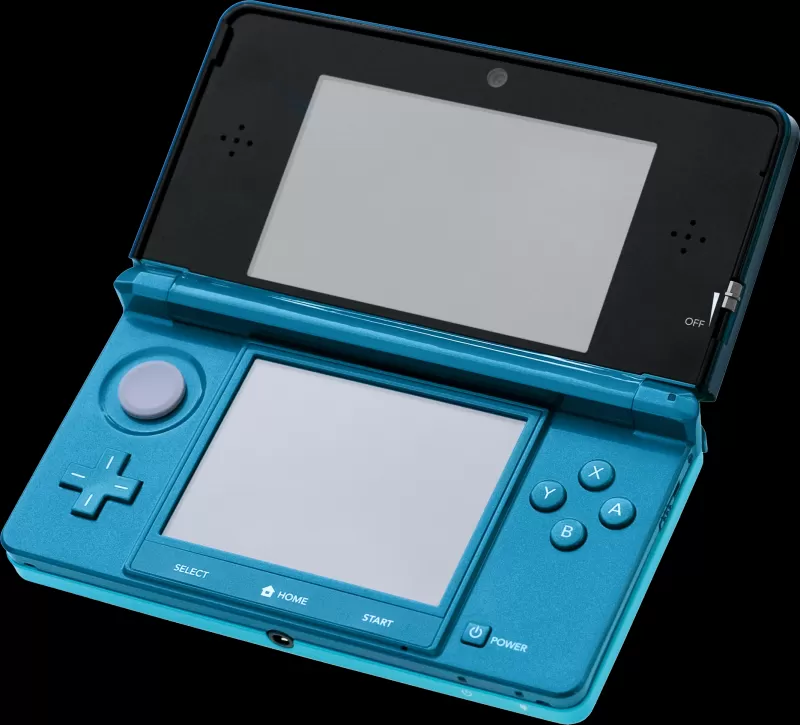 Introducing 3D gaming without the need for glasses, the Nintendo 3DS built on the DS legacy with a robust library including titles like The Legend of Zelda: A Link Between Worlds and Super Mario 3D Land.
Introducing 3D gaming without the need for glasses, the Nintendo 3DS built on the DS legacy with a robust library including titles like The Legend of Zelda: A Link Between Worlds and Super Mario 3D Land.
Nintendo 3DS XL - August 19, 2012
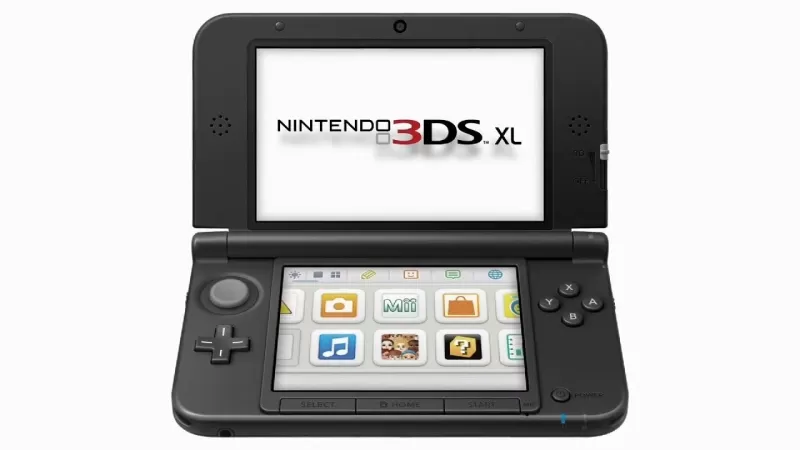 Featuring screens 90% larger than the original 3DS, the 3DS XL provided a more comfortable gaming experience, enhancing the visual quality of games.
Featuring screens 90% larger than the original 3DS, the 3DS XL provided a more comfortable gaming experience, enhancing the visual quality of games.
Nintendo Wii U - November 18, 2012
 Following the Wii, the Wii U introduced the GamePad controller with an integrated screen, supporting HD gaming and backward compatibility with Wii titles. Despite its innovative features, poor marketing and confusion led to its commercial struggle.
Following the Wii, the Wii U introduced the GamePad controller with an integrated screen, supporting HD gaming and backward compatibility with Wii titles. Despite its innovative features, poor marketing and confusion led to its commercial struggle.
Nintendo Wii Mini - December 7, 2012
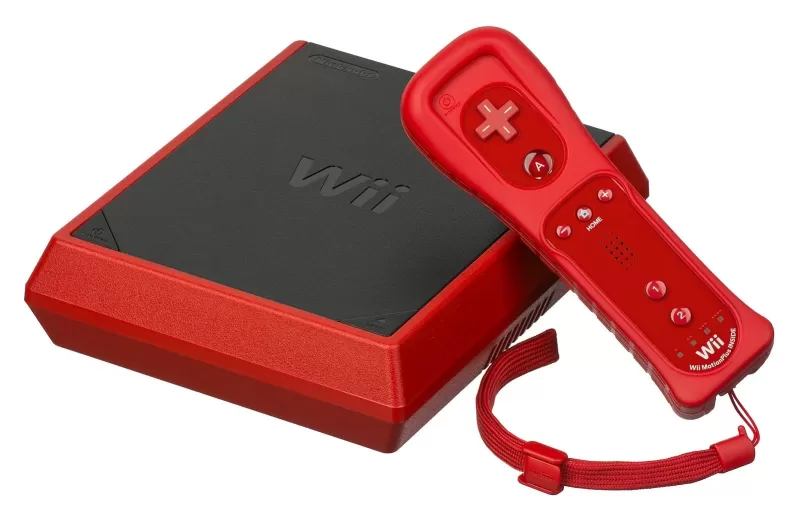 Launched at the end of the Wii's lifecycle, the Wii Mini was a compact version that removed several features, including GameCube support and Wi-Fi connectivity, focusing on core gaming at a lower cost.
Launched at the end of the Wii's lifecycle, the Wii Mini was a compact version that removed several features, including GameCube support and Wi-Fi connectivity, focusing on core gaming at a lower cost.
Nintendo 2DS - October 12, 2013
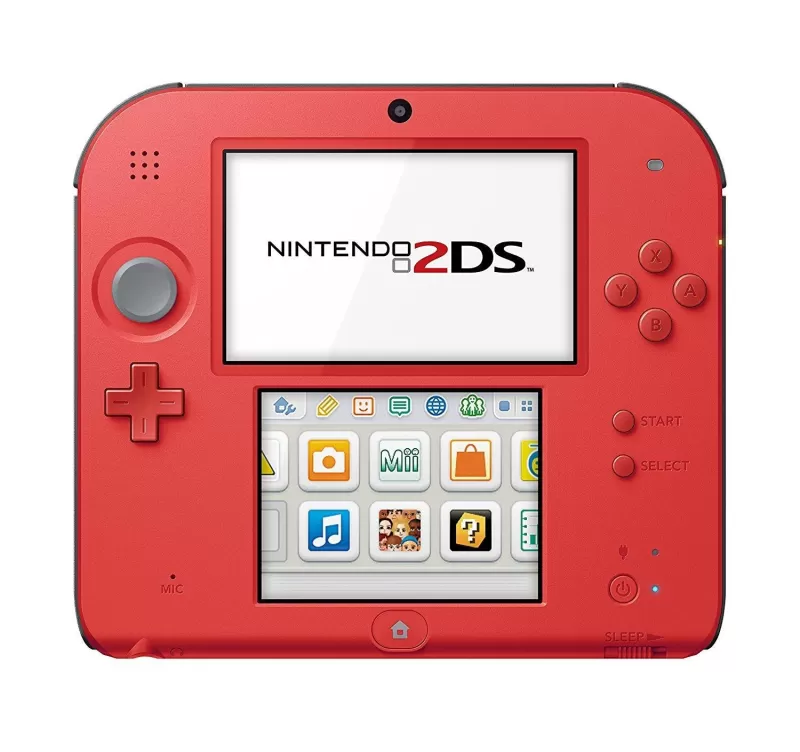 Offering a more affordable alternative to the 3DS, the 2DS removed the 3D functionality but maintained all other features, providing a solid gaming experience at a lower price point.
Offering a more affordable alternative to the 3DS, the 2DS removed the 3D functionality but maintained all other features, providing a solid gaming experience at a lower price point.
New Nintendo 3DS - October 11, 2014
 With added controls like the C-Stick and ZR/ZL buttons, along with NFC support for amiibo, the New Nintendo 3DS upgraded the 3DS experience, though its North American release was delayed.
With added controls like the C-Stick and ZR/ZL buttons, along with NFC support for amiibo, the New Nintendo 3DS upgraded the 3DS experience, though its North American release was delayed.
New Nintendo 3DS XL - February 13, 2015
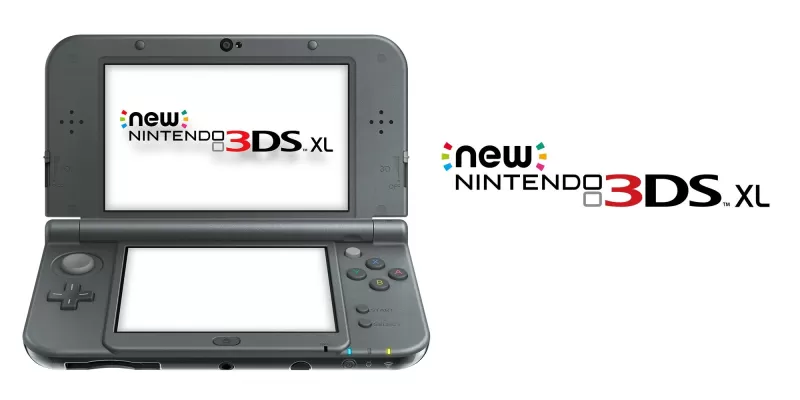 Offering larger screens than the standard New 3DS, the New 3DS XL enhanced gaming immersion but removed the customizable face plates, introducing special edition models instead.
Offering larger screens than the standard New 3DS, the New 3DS XL enhanced gaming immersion but removed the customizable face plates, introducing special edition models instead.
Nintendo Switch - March 3, 2017
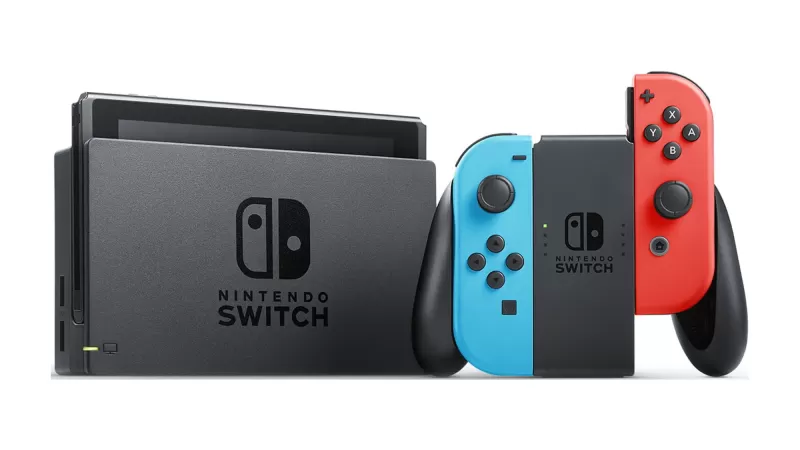 Realizing the vision of the Wii U, the Nintendo Switch combined home and portable gaming, featuring a rich first-party library and various special editions, re-establishing Nintendo's dominance in the industry.
Realizing the vision of the Wii U, the Nintendo Switch combined home and portable gaming, featuring a rich first-party library and various special editions, re-establishing Nintendo's dominance in the industry.
New Nintendo 2DS XL - July 28, 2017
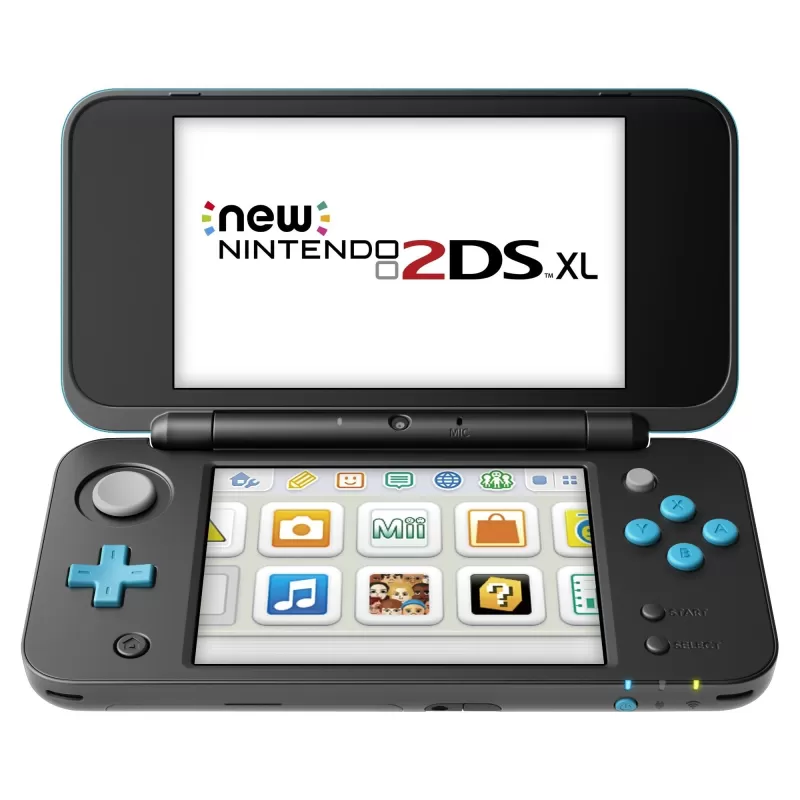 Upgrading the 2DS with an analog stick, shoulder buttons, and amiibo support, the New 2DS XL returned to the clamshell design and added compatibility with New 3DS games.
Upgrading the 2DS with an analog stick, shoulder buttons, and amiibo support, the New 2DS XL returned to the clamshell design and added compatibility with New 3DS games.
Nintendo Switch Lite - September 20, 2019
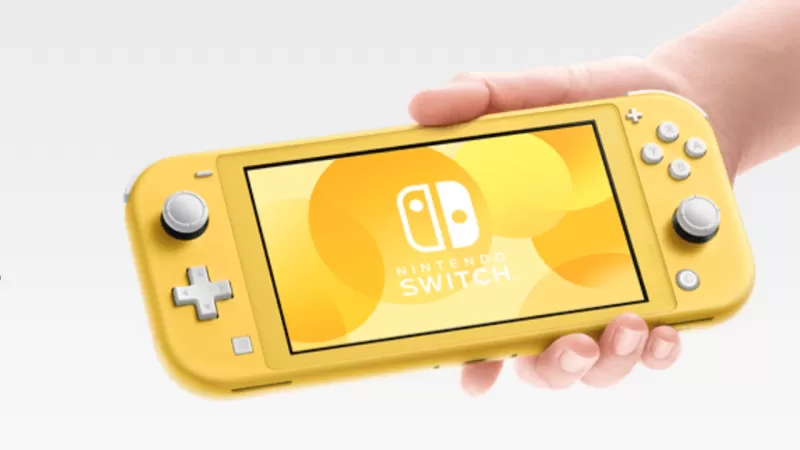 Designed for handheld play only, the Nintendo Switch Lite offered a smaller, more affordable option with built-in controls, sacrificing the ability to dock to a TV.
Designed for handheld play only, the Nintendo Switch Lite offered a smaller, more affordable option with built-in controls, sacrificing the ability to dock to a TV.
Nintendo Switch OLED model - October 8, 2021
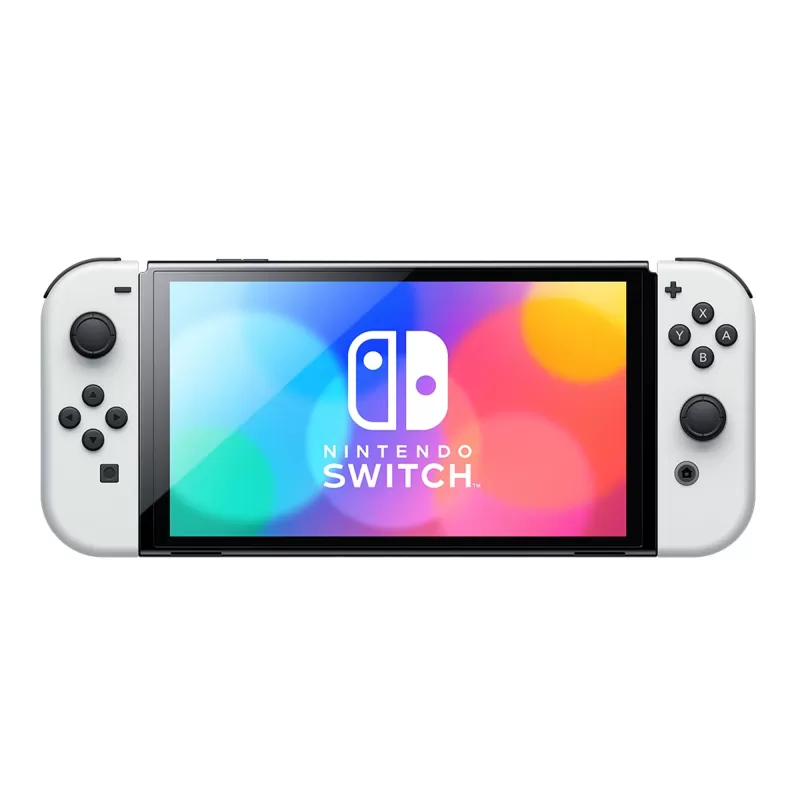 Enhancing the Switch experience with a larger OLED screen and improved audio and kickstand, the OLED model also introduced a new dock with a LAN port, debuting alongside Metroid Dread.
Enhancing the Switch experience with a larger OLED screen and improved audio and kickstand, the OLED model also introduced a new dock with a LAN port, debuting alongside Metroid Dread.
Upcoming Nintendo Consoles
After years of speculation, Nintendo has officially announced the Nintendo Switch 2. The reveal trailer showcased new Joy-Con attachments, a larger screen, and a second USB-C port, hinting at innovative gameplay mechanics like using Joy-Con as a mouse. The trailer also teased what appears to be a new Mario Kart with 24-player support and confirmed "mostly" backward compatibility for both physical and digital games.Analysts estimate the Switch 2 will be priced around $400. We've gathered all available details from the trailer, but more information, including a release date, is expected at a Nintendo Direct scheduled for April 2.
AnswerSee Results- 1 Pokemon Go’s first Community Day of 2025 will feature Sprigaito Jan 05,2025
- 2 Holiday Thief Arrives in Seekers Notes Dec 26,2024
- 3 Watcher of Realms Is Dropping New Heroes and Skins This Thanksgiving and Black Friday! Dec 30,2024
- 4 Jujutsu Kaisen Phantom Parade: Tier List Update for 2024 Dec 28,2024
- 5 Roblox Forsaken Characters Tier List 2025 Feb 14,2025
- 6 How To Find and Beat the Storm King in LEGO Fortnite Jan 05,2025
- 7 Goddess Of Victory: Nikke Is Dropping a New Year’s Update and Collabs with Evangelion and Stellar Blade Soon Jan 04,2025
- 8 PUBG Mobile's Championship Finale Nears Jan 09,2025
-
Mastering the Art of Digital Tools
A total of 10
-
Hidden Gems: Unexpectedly Useful Other Apps
A total of 10
-
Top Free Adventure Necessary Games for Android
A total of 4











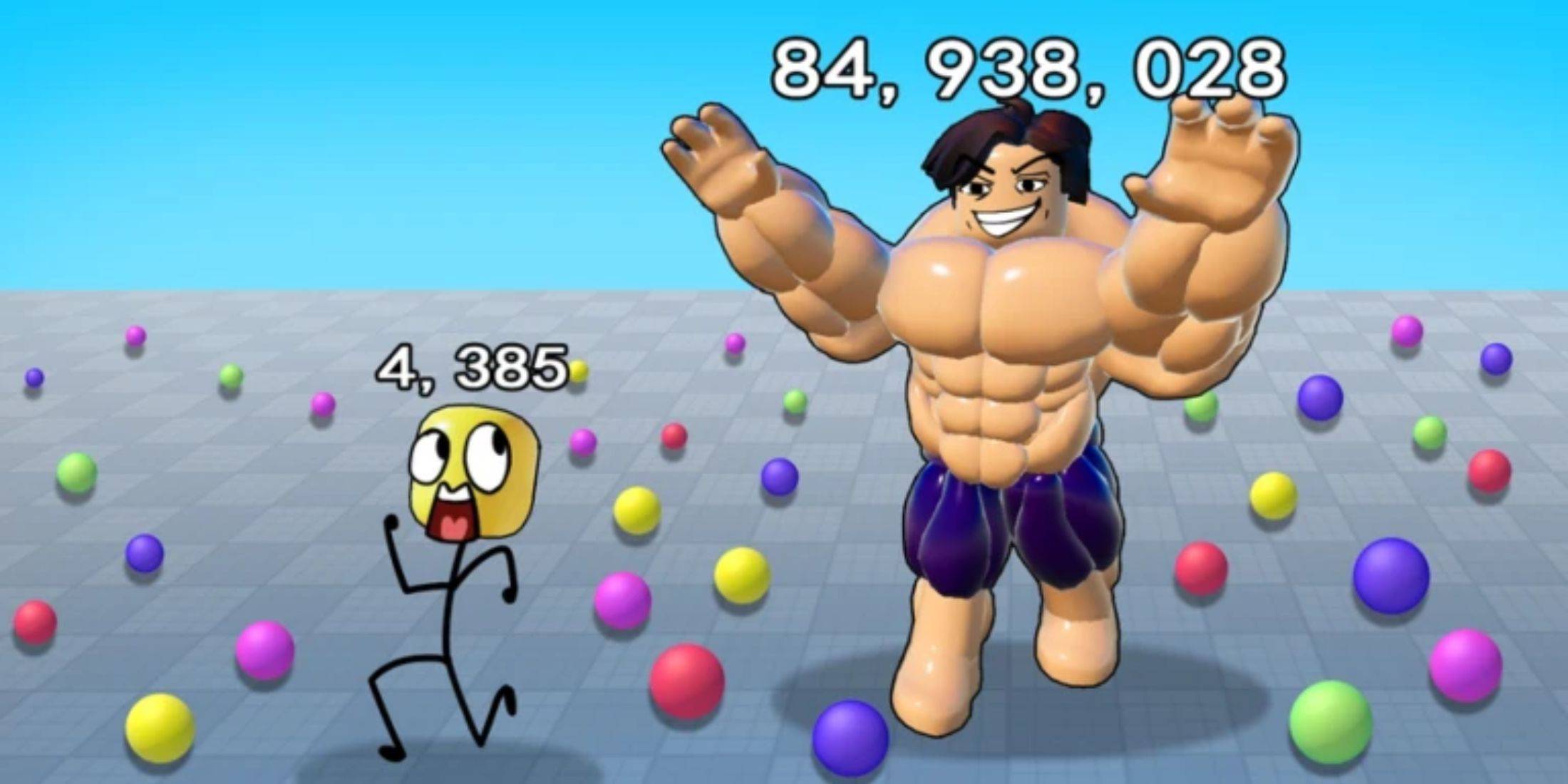
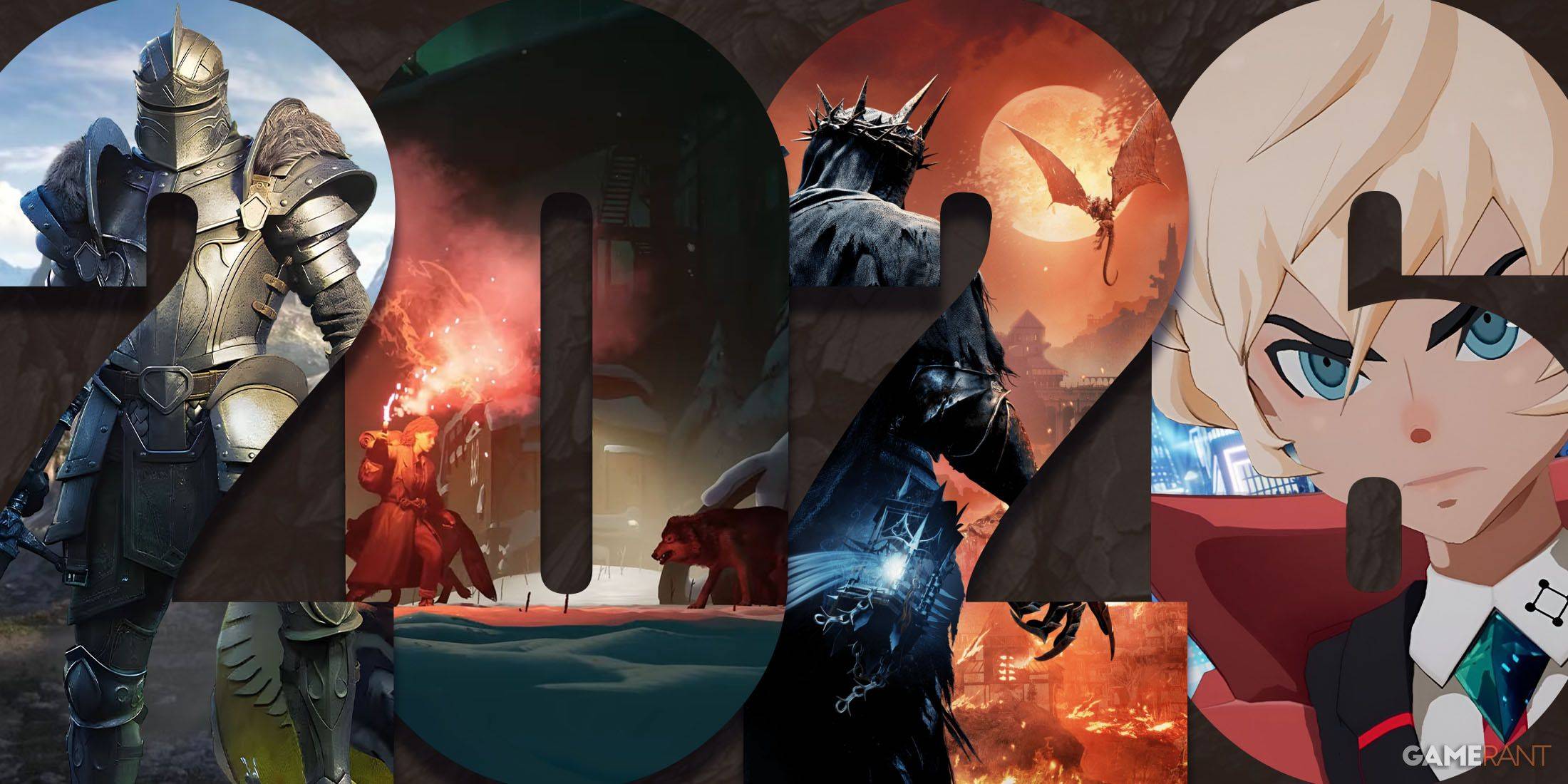
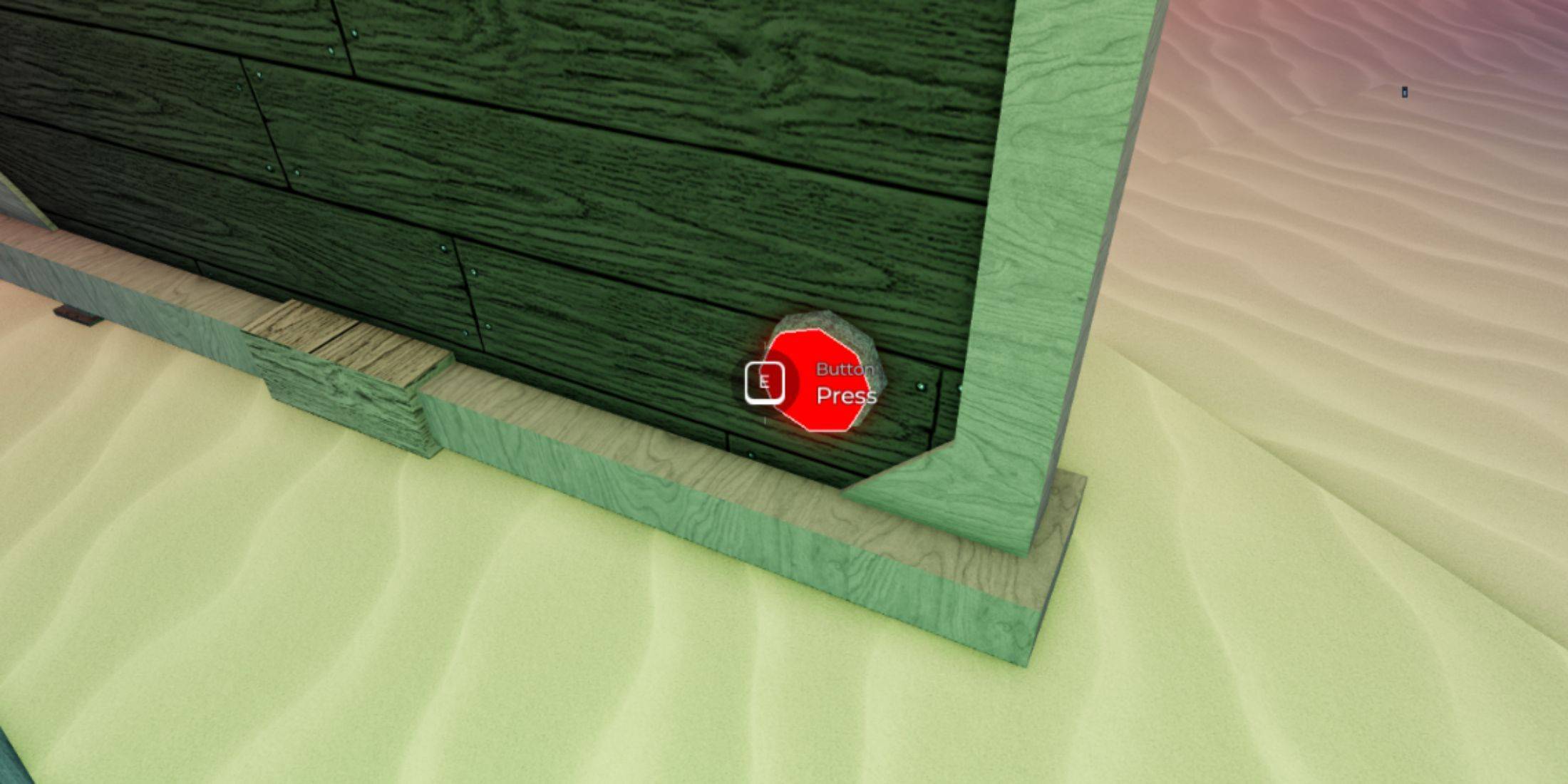

![LeMOMnade: Family Squeeze! – Version 1.1.1 [mtrellex]](https://img.3xbz.com/uploads/38/1719569762667e8d62c486e.jpg)


![My Cute Roommate 2 – New Version 1.0 Extra [Astaros3D]](https://img.3xbz.com/uploads/38/1719606486667f1cd652f1a.jpg)



